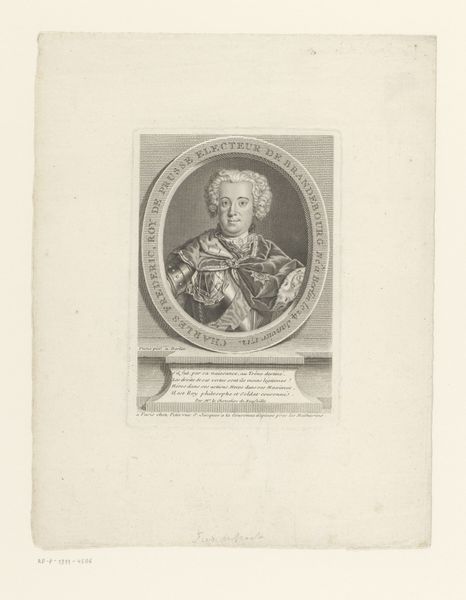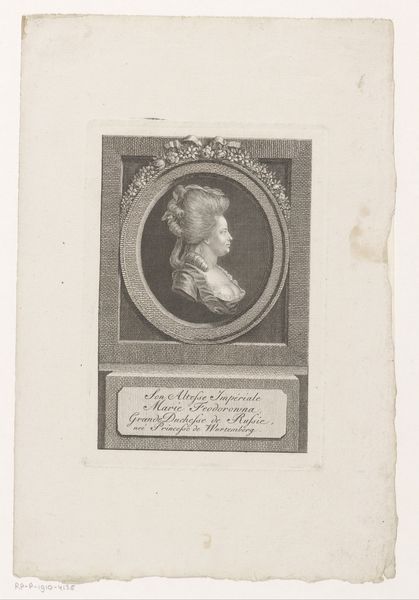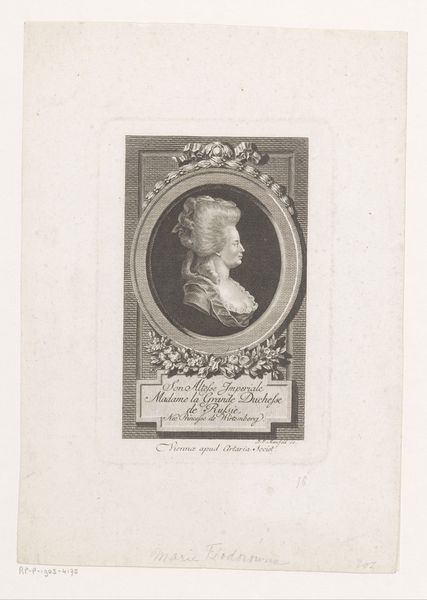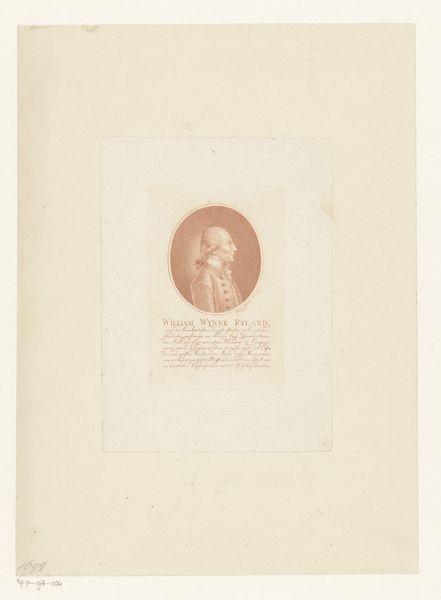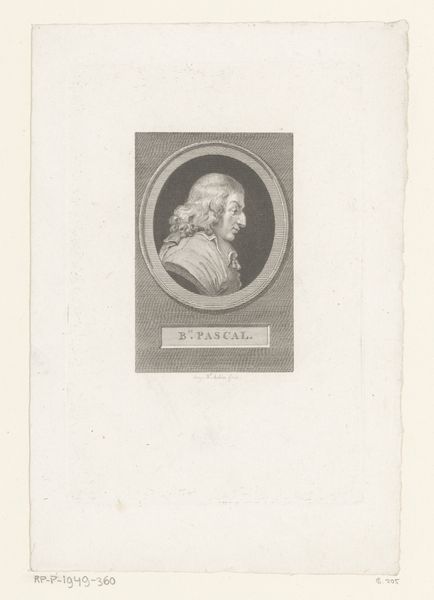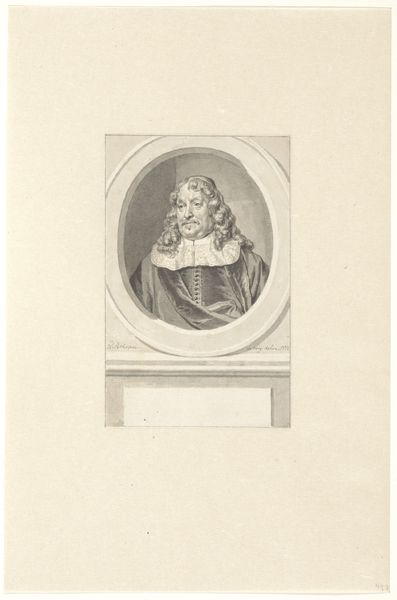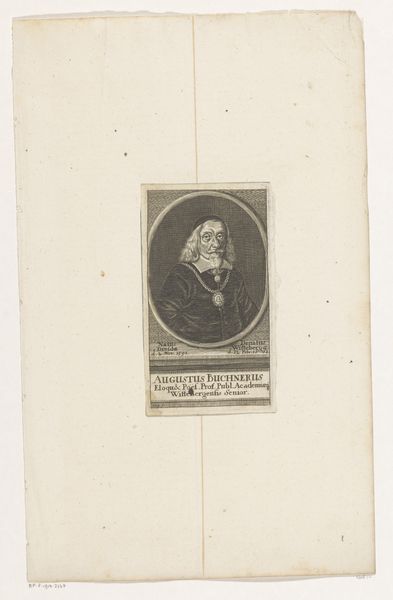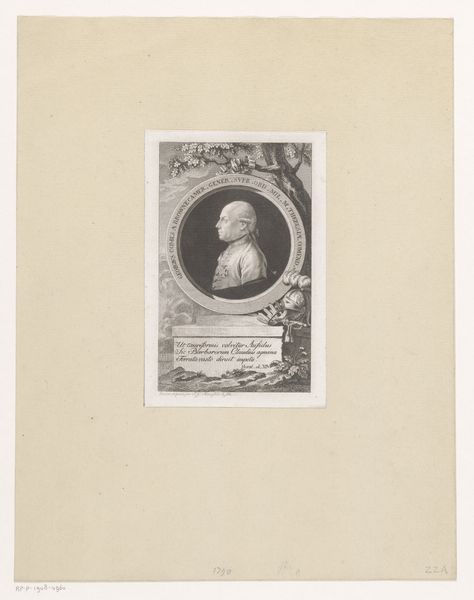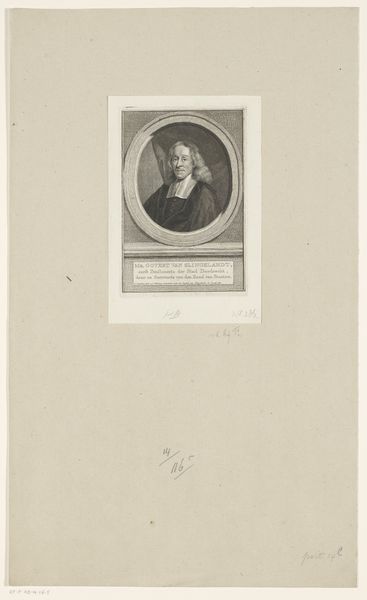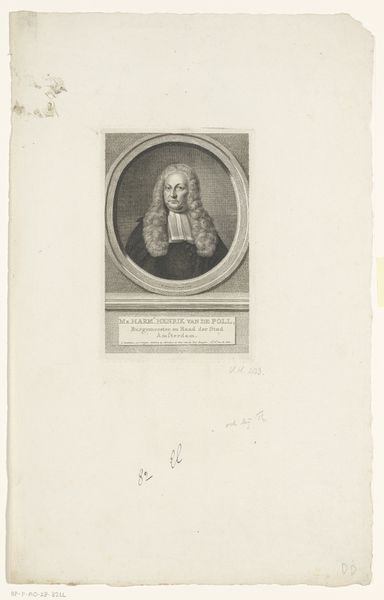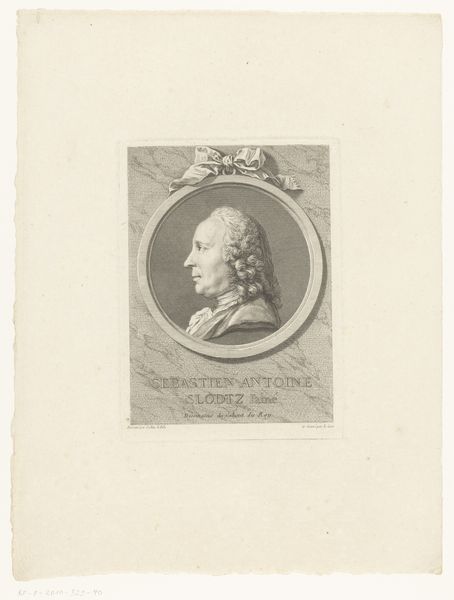
engraving
#
portrait
#
baroque
#
old engraving style
#
history-painting
#
engraving
Dimensions: height 117 mm, width 74 mm
Copyright: Rijks Museum: Open Domain
Curator: Let’s consider this engraving, "Portret van Johann Ludwig Hartmann," made sometime between 1680 and 1720 by Johann Alexander Böner. The work is made of engraving. What strikes you most about this piece? Editor: I find the detail impressive for an engraving. It seems like such a formal and… official portrait, especially with the text at the bottom. How was art like this used in the Baroque period? Curator: That's a very insightful observation! These portraits weren’t just about capturing a likeness. Think about who would commission such a piece, and why. Hartmann was likely a figure of some social standing. These engravings circulated to solidify social status, to communicate power. Who do you think saw these engravings, and what kind of a message was being delivered to them? Editor: I guess it would be distributed to other wealthy people or maybe academics, considering the man looks intelligent and respected. It's interesting to think of art as a tool for establishing hierarchy. Were these images purely political? Curator: Not necessarily political in the modern sense. More broadly, they’re deeply intertwined with social structures and systems of patronage. Consider the artist: they also were relying on the social system to work as an artist. Does the historical context change your initial understanding of the artwork? Editor: Absolutely! Knowing that this was designed to communicate and reinforce social standing provides another view. I am wondering whether we can know if that goal was achieved in Böner's time? Curator: Precisely! These portraits serve as a reminder that art has always played a role in constructing and maintaining power structures within society, artists too. What an engaging piece! Editor: Thank you. I will consider art through this prism of cultural contexts. I understand now.
Comments
No comments
Be the first to comment and join the conversation on the ultimate creative platform.
